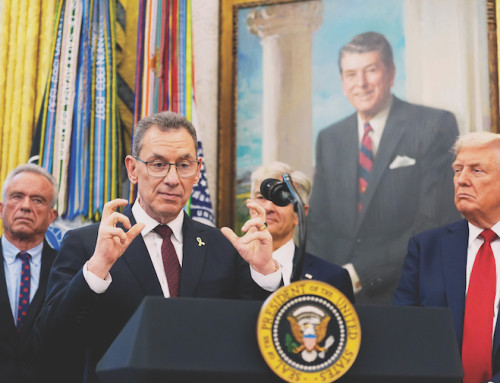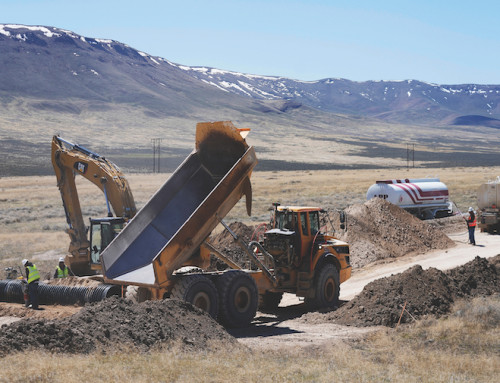BILLINGS, Mont. (AP) — Federal officials in the coming days are set to hold the government’s biggest coal sales in more than a decade, offering 600 million tons from publicly owned reserves next to strip mines in Montana and Wyoming.
The sales are a piece of President Donald Trump’s ambitions for companies to dig more coal from federal lands and burn it for electricity.
Most power plants served by those mines plan to quit burning coal, however, within 10 years, an Associated Press data analysis shows.
Three other mines poised for expansions or new leases under Trump also face declining demand as power plants use less of their coal and in some cases shut down, according to data from the U.S. Energy Information Administration and the non-profit Global Energy Monitor.
Those market realities raise a question about whether or not there are enough potential customers to
purchase coal mined from public lands.
The upcoming lease sales in Montana and Wyoming are in the Powder River Basin, home to the most productive coal fields in the country.
Administration officials have advanced coal mine expansions and lease sales in Utah, North Dakota, Tennessee and Alabama, in addition to Montana and Wyoming.
Interior Secretary Doug Burgum last week said that the administration is opening more than 20,000 square miles of federal lands to mining.
“We’re putting American miners back to work,” Burgum said, flanked by coal miners and Republican politicians. “We’ve got a demand curve coming at us in terms of the demand for electricity that is literally going through the roof.”
The AP’s finding that power plants served by mines on public lands are burning less coal reflects an industrywide decline that began in 2007.
Energy analysts and economists expressed doubt that coal would ever reclaim dominance in the power sector. It will take time for more electricity from planned natural gas and solar projects to come online, however.
That means Trump’s actions could give a short-term bump to coal, said Umed Paliwal, a researcher in electricity markets at the University of California, Berkeley.
“Eventually coal will get pushed out of the market,” Paliwal said. “The economics will just eat the coal generation over time.”
The nation’s largest coal company has offered a more optimistic take on coal’s future. Because new nuclear and gas plants are years away, Peabody Energy last month suggested that demand for coal in the United States could increase 250 million tons annually — up almost 50 percent from current volumes.
Peabody’s projection was based on the premise that existing power plants can burn more coal. That amount, known as plant capacity, dropped by about half in recent years.
“U.S. coal is clearly in comeback mode,” Peabody’s president, James Grech, said in a recent conference call with analysts. “The U.S. has more energy in its coal reserves than any nation has in any one energy source.”
Still, the Navajo Transitional Energy Co. has said government reviews predict there will be fewer buyers for coal.
“The market for coal will decline significantly over the next two decades. There are fewer coal mines expanding their reserves, there are fewer buyers of thermal coal and there are more regulatory constraints,” the company said.








